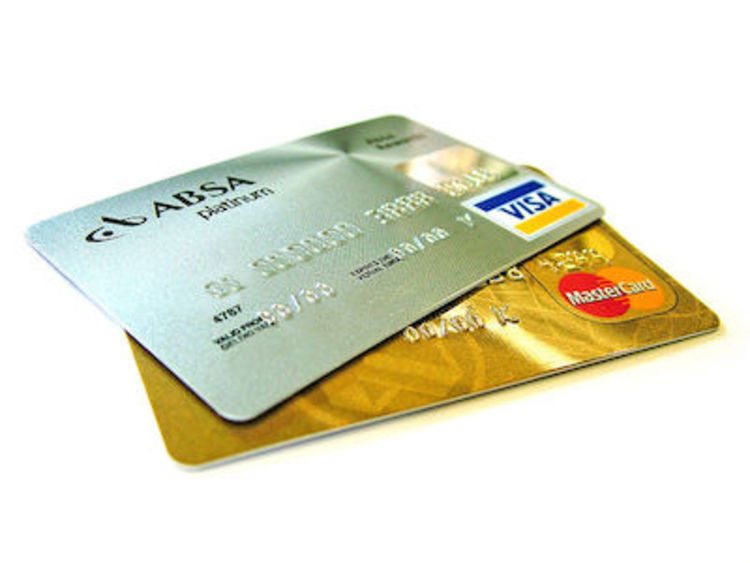It's only 2%
Quantitative Finance
Level
2
 A credit card charges a low monthly interest rate of 2%.
A credit card charges a low monthly interest rate of 2%.
What is the effective APR?
27%
30%
24%
50%
2%
3%
This section requires Javascript.
You are seeing this because something didn't load right. We suggest you, (a) try
refreshing the page, (b) enabling javascript if it is disabled on your browser and,
finally, (c)
loading the
non-javascript version of this page
. We're sorry about the hassle.
There are 12 months in a year, and the card charges 2% per month; therefore, the APR is 1 . 0 2 1 2 − 1 ≈ 0 . 2 7